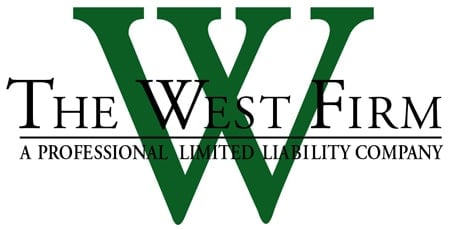Eminent domain is the process the government can use to take private property for public use without the owner’s consent. While eminent domain can help support public interests, it is important to balance those interests with the property owner’s rights.
Eminent domain overview
The primary purpose of eminent domain is to benefit the community as a whole. Typically, property is taken to facilitate projects like highways, schools, hospitals and public utilities.
The government must meet certain criteria to use eminent domain. It must adhere to due process, and it must offer just compensation to the affected property owner.
Property owners also have an opportunity to contest the action. The most common objection to eminent domain is that the government’s valuation of the property is not accurate. These arguments over what qualifies as just compensation can be quite complex.
The government may assess the fair market value of the property by appraising the size, location and condition of the property, the recent sales of similar properties in the area, the income potential of the property, and the cost and depreciation of the property.
Challenging the process
Property owners may have several options to address the government’s exercise of eminent domain. These include attending public hearings, negotiating the property’s value, challenging the seizure in court and requiring an offer of fair compensation.
Active participation in community meetings and discussions with representatives can help raise awareness about eminent domain’s effect on property owners. Property owners can also partner with planners and developers to help the government meet its public objectives without seizing private owners’ property.
